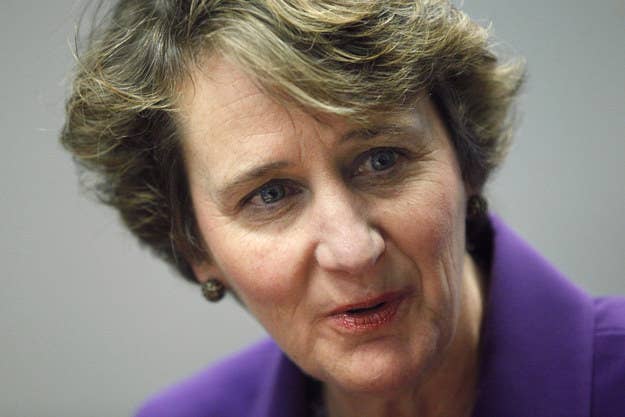
In the midst of declining union power in the U.S., the Service Employees International Union and its president, Mary Kay Henry, have emerged as two of the most forward-thinking figures born of the traditional labor movement.
With money and advice, they have supported alternative labor structures like workers' centers and informal unions, which have increasingly gained ground as conventional unions lose membership.
Most prominently, they have helped lead the national Fight for 15 movement among fast-food workers for a $15 minimum wage, one of the most visible and energetic additions to the labor movement in decades.
As the tally of cities, states, companies and sectors raising pay grows, SEIU's approach looks more and more like a winning strategy. Today, New York Governor Andrew Cuomo's wage board is expected to announce the results of its inquiry into raising the minimum wage for the state's fast food workers — another milestone for the movement.
In recent months, BuzzFeed News interviewed Henry, both by phone and in person. Here's an edited transcript of the conversations.
What happens the day after the results from the New York wage board come out?
We're going to make a national demand when the wage board issues in mid-July — the demand to set up wage boards everywhere in the country for fast food workers. And then we need to think with the people in New York: what's the next wage board demand that occurs after the fast food wage board? Which I don't know if the governor is anticipating.
We have to think — okay, we can't pass minimum wage in the state? We'll just go sector by sector. Because the [law] says the governor should call a wage board if people can't lead a healthy life based on their wages. Well, that is a lot of damn workers in New York.
What might the next sector be?
I think of the answer to your question based on who's in the street. Because then the elected thinks, "Oh my god, I've got to respond to this." It's not an academic exercise, even though there might be an economic reason. It's all about building the movement and having the electeds respond to the wind.
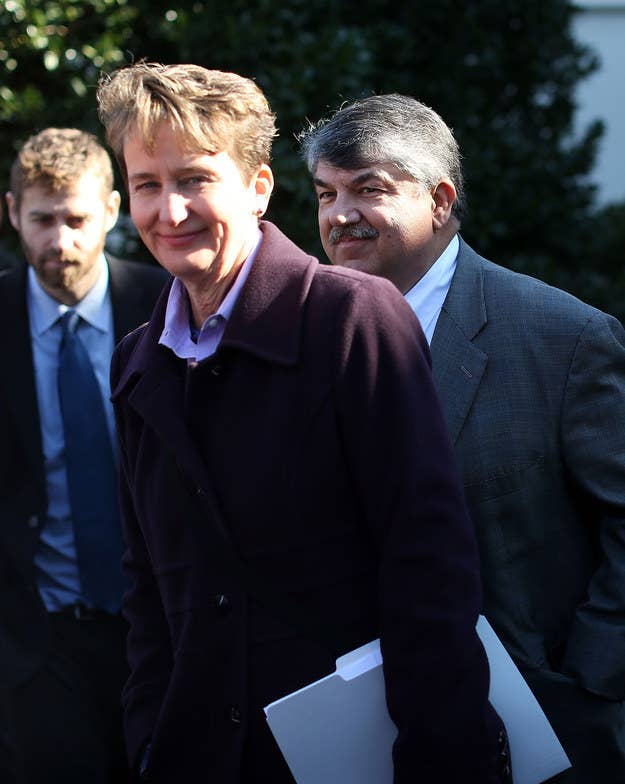
Are there any common misconceptions about the Fight for 15 you'd like to dispel?
We need to change the public consciousness about these workers. These are no longer high school students looking for pocket change. These are moms and dads doing the best they can.
We see fast food workers opening a story about all kinds of service and care workers in the U.S. economy — about workers in the fastest growing jobs needing to have wages and a voice through collective action.
What was behind the decision to focus on fast food workers and wage increases in particular, and what's next for the movement?
In the past, janitors formed a union outside of the law. Home care workers formed a union outside of the law. In previous times, it's been about cities and states. What's a breakthrough about this moment is that it's national, and that fast food workers used the very difficult decision to strike as a way to capture the nation's imagination.
I think we're going to see additional workers join from across the retail sector, from auto parts work, from airports. We're joining with the immigration movement, with Black Lives Matter, the environmental movement — and we think it begins with McDonalds, Wendy's, and Burger King.
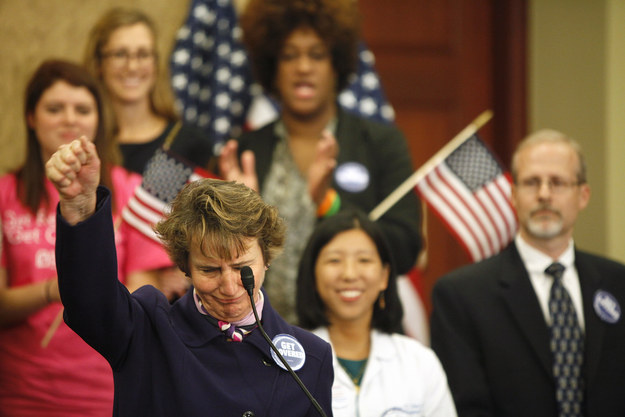
What about the funding model for the Fight for 15? Will SEIU ever ask for dues or contributions from fast food workers?
We think workers sacrifice when they strike. It's the ultimate contribution that's made. And then getting on a bus with your kid to come [to the Fight for 15 convention in Detroit]. Someone from North Carolina said they got on a bus on Friday night and traveled for 12 hours — with little babies. Think about that. That's a huge contribution. So we haven't gotten as far as thinking about whether we need to create some small donor [system], because our members and leaders are committed to continuing to back these workers. And so we think about the contribution not in terms of finances but guts and courage.
Much of the Fight for 15 movement targets McDonald's. The company says that wages and working conditions are the responsibility of franchisees, not the corporate headquarters. What's your response to that?
We know from the leadership of the fast food workers movement that they have experienced the centralized control by McDonald's of every task, every product, every action inside those stories. We know it's completely possible for McDonald's to reorganize their stores and make it possible for stores to raise wages. They've made that decision in many cities around the globe.
The workers have identified burns as an epidemic. They've filed claims with OSHA. We will pursue what the NLRB is considering on joint employer status, so the employer is held accountable.
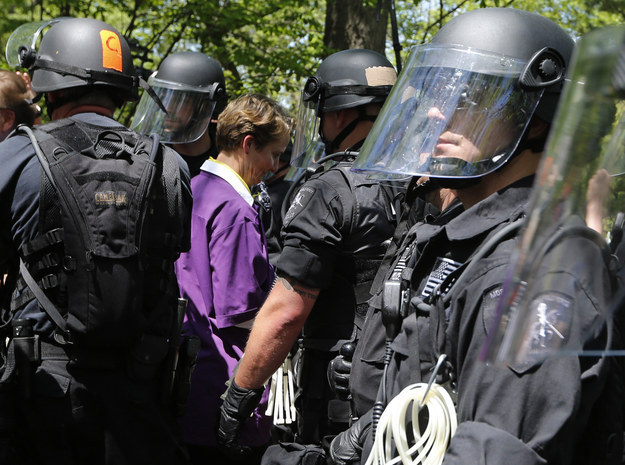
Has there been any other movement on the question of McDonald's joint employer status or the role of franchise-owners in this fight?
Reverend Barber, when we were at the McDonald's shareholder meeting, said that he met with black clergy on the south side of Chicago who raised concerns about black-owned franchises. Barber talked about how important standing with the workers was to the franchise owners — because the franchise owner system is broken, and the system doesn't work for either the franchise owner or the store employee.
How is this movement different from traditional union-building and organizing?
It's now an economic and social justice movement. I would say the leaders of the National Organizing Committee and the leaders in the cities have been the expression of that in strike after strike. To insist that we have respect and dignity, that black men aren't shot down on our streets — that's being underscored in a way that you hear every leader speak to.
And there's a lot more confidence and pushing on the union question. Because there's now motion on wages, people want to make crystal clear to the leaders in the room and people listening outside, even if we get 15, we're not stopping 'til we get a union.
Are there more similarities than differences?
In a way, frankly, when I've organized in hospitals in California or with home care workers, people learn that consciousness about a union over a longer period of time. There is something about the scale of this movement and the risk people take when they go on strike that has made that position much clearer for a much bigger group of workers than I've ever experienced in my lifetime.
When you're [organizing] in a smaller setting, you don't get the same confidence that "this organization is going to be a fighting machine, that it's not just going to change the store, it's going to change everything in my life." There's a much deeper consciousness of that in this group than in any other group of leaders I've worked with.
I think that's why I address them as movement leaders. These are not workers organizing a union. These are leaders of a movement.
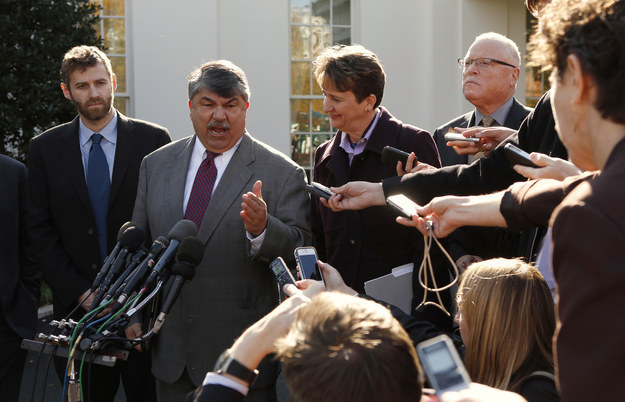
What will the SEIU's agenda be for the 2016 election?
15 and a union is the top demand, obviously. Citizenship for immigrants. On Black Lives Matter there are specific demands on voting rights and reform of the criminal justice system. We really want to introduce into this presidential election the idea that everyone should have access to affordable child care and home care — both care for their children and care for their elders.
Some have drawn comparisons between the Fight for 15 and the fight for an eight-hour workday. How do you see the two in relation to one another?
I think the fight for the eight-hour day was a symbolic demand and a movement that involved everyone, and now people that earn more than 15 are joining this movement — because they understand this fight is a turnkey towards changing inequality in this country that hurts everybody.
